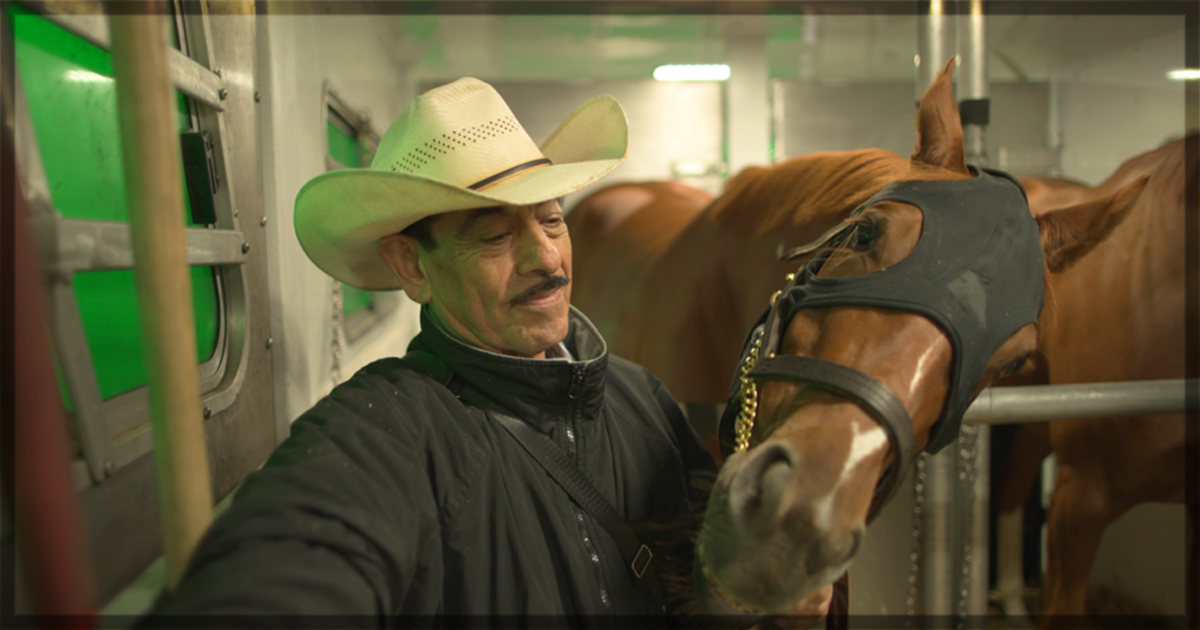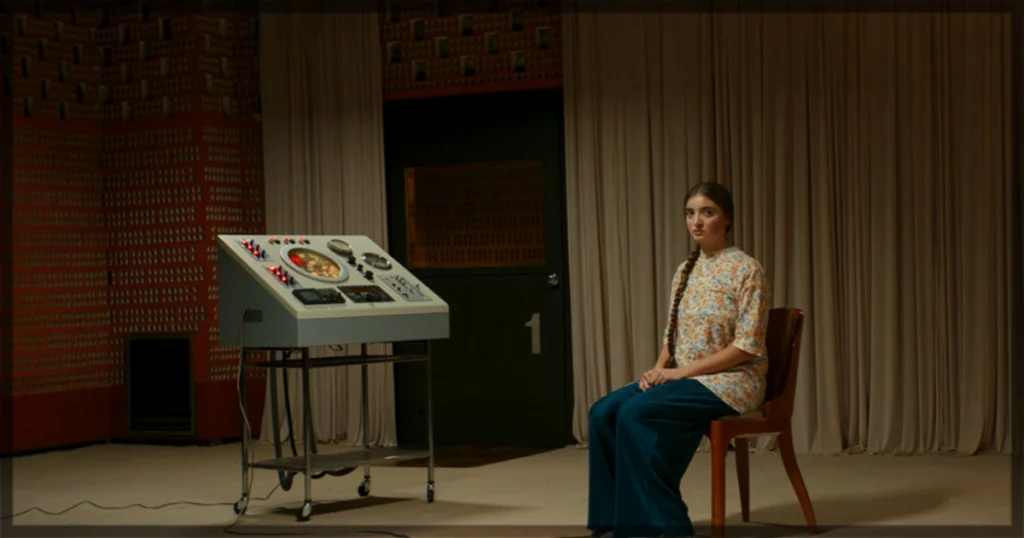In his debut feature, Backside, Mexican director Raúl O. Paz-Pastrana tells the untold stories behind one of the most crucial sports events in the United States, the Kentucky Derby. Every May, more than a hundred thousand people attend the traditional horse racing event at Churchill Downs in Louisville, Kentucky. Besides the massive interest in the bets, celebrities wear their best suits and hats to attend an elegant battle of the best riders and racing horses in America. It has its place in popular culture, as in the song Churchill Downs by Jack Harlow and Drake, who shot the music video during the prestigious event. The song is a braggadocious rap song about ostentatious money in the suites of the derby. However, behind the tailored suits, champagne glasses, and the bets, hundreds of immigrant workers take care of the stables and the horses throughout the whole year. Behind the curtains of a massive spectacle, there is a crew working hard to make it happen.
Therefore, the Mexican director observes the daily work of those individuals who are poorly paid and recognized for their importance in the annual derby. Plenty of them are of Mexican or Latin origin, and they are aficionados of the animals. Paz-Pastrana takes his cameras to observe the love of the carers for those horses. Those animals are worth millions of dollars, but they are seen only in numbers in May, not as animals. Their owners and the bettors are only interested in their speed, health, and capacity to make them more money in the derby. However, those workers treat them as animals, giving them love and attention, instead of only seeing them as dollar signs, as their owners do.
Backside focuses too hard on observing the nature of that labor and does not discuss in depth the stakes of those working relationships. In this sense, the director decides to closely follow the routine of workers like Arturo Espinosa, Bertila Quinteros, and Cristobal Trejo. However, the film is an observation of their daily activities; there is no room to promote discussions on the multiple topics applicable to the working dynamics in Churchill Downs. In this sense, the director uses most of the film to show the repetitive activities of Espinosa, Quinteros, and Trejo. Love and attention are present in the documentation of their interactions with horses. But it tires the audience with a single note, observing the nine months they work in the Kentucky stables.
Consequently, the editing does not provide rhythm to compensate for the repetitive nature of the directing. The scenes are usually long and follow a specific action for too long. Hence, it is an experience of patience and admiration of the images, which Raúl also shot as the cinematographer. There are beautiful framings and the use of natural elements to compose the pictures, such as rain and mud. Still, it is set primarily in the darkest hours, such as 2 am. Therefore, it creates a tough film to see through the darkest hours, even though the stable lights illuminate some of the framings. Additionally, there is not much use of the geographical space beyond the stables. The film focuses on the relationship between the workers and the horses, which prioritizes the inside footage of Churchill Downs.
Ultimately, the film is premiering in a period of political turmoil. The new Trump administration is targeting immigrants in the country, and there is a blurred line between illegal and legal migrants. Even the ones with the legal papers are at risk of being deported from the United States. In this sense, Backside reflects how some of the most beloved sports and national traditions depend on foreign labor. An event that flows millions and millions of dollars happens because immigrants, primarily Mexicans, are the ones taking care of the horses throughout the year. They are at the bottom of the pyramid: the horse owner hires a coach who hires them. However, they are the ones working in the rain and the cold weather to take care of those animals. Still, they are at risk of deportation because of xenophobic policies. Paz-Pastrana thrives in proposing this reflection, although he is not successful in developing the argument further on the political topic.
In the end, Backside leans toward the observation of the working class of Churchill Downs months before the Kentucky Derby. Besides a fascinating, igniting, provocative thought about the current political situation in the United States, the film fails to provide a more intricate discussion on the topic.
Backside recently premiered at the Tribeca Film Festival.
Learn more about the documentary at the Tribeca site for the title.
You might also like…
‘A Bright Future’ Review: An Deliciously Absurd and Intriguing Sci-Fi Film


